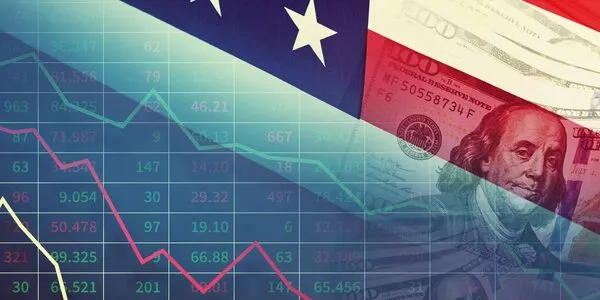
Weekly Update - Covid-19 – The Policy Response Begins
This week saw a number of central banks adjust policy in light of the coronavirus epidemic and its impact on growth. Bond yields have continued to tumble lower, with 10-year US Treasuries now yielding only 78bps, down from 1.92% at the start of the year. And global equity markets remain extremely nervous and uncertain – the MSCI World index has moved by over 1.5%, in both directions, in 7 out of the past 9 trading days. What is the outlook for the global economy and markets?
In mainland China, long the epicentre of the Covid-19 epidemic, the rate of increase in new confirmed cases has slowed to a trickle in recent days, suggesting that the decision to shut down the economy for much of February has begun to bear fruit. In recent days, the government has authorised many transport links to restart and offices and factories have begun to reopen. For example, Foxconn – Apple’s key supplier – announced this week that 50% of its employees had returned to work and that it would be back at full capacity by end-March. The slump in activity was clear in February’s manufacturing purchasing manager confidence surveys. The official series – conducted by the National Bureau of Statistics with mainly large exporters – plunged to 35.7, an all-time low (the results are calibrated so that figures below 50 suggest contraction and above 50 expansion of activity). And the non-manufacturing PMI reached 29.6, as services took an even harder hit from the outbreak. March is likely to see stronger corporate confidence, with a return to more normal levels in the second quarter.
Over the past two weeks, it is the rise in cases the rest of the world which has worried policy-makers and investors. As illustrated by the left-hand chart, the rate of increase is following the same pattern as in China a few weeks ago, suggesting that much higher numbers of new cases lie ahead. The surveys for February PMIs in Europe and the US were conducted before the recent rise in new cases, meaning that the hit to confidence from the outbreak also lies ahead, in March and at the start of the second quarter.
However, governments are following China’s playbook of measures to stem the spread – Italy for example has put several towns in quarantine, travel and large gatherings have been restricted and the country’s schools and universities will remain closed until March 15th at least. And as the virus spreads, more countries will follow suit.
In light of this, the world’s central banks have moved into action, with rate cuts this week in the US, Australia, Canada, Thailand and Malaysia. Other tools are being readied – the Bank of Japan has already resumed asset purchases and the Bank of England’s incoming governor told UK parliament this week that he stood ready to provide “supply chain financing” to smaller businesses. Obviously, such measures will do nothing to stem the spread of Covid-19, but they will help ensure smooth functioning of the financial system at a time of stress.
Governments too have eased policy. Italy has doubled its stimulus package to EUR7.5bn, US Congress has approved a $8bn spending plan while Hong Kong will distribute HKD10,000 to each resident, a move likely to be copied by Thailand. All this comes in addition to China’s regular series of targeted stimulus measures in recent weeks.
Bottom line. Although China is getting back to work, the bulk of the impact on European and US economies lies ahead. We expect the slowdown to be severe but short-lived – the combination of much more stimulative monetary and fiscal policies should help accelerate the pick-up in activity once the epidemic comes under control. Markets are likely to remain highly volatile for now and a broadly diversified allocation across more defensive assets is suggested. Gold remains our preferred diversification vehicle.
Read full article




